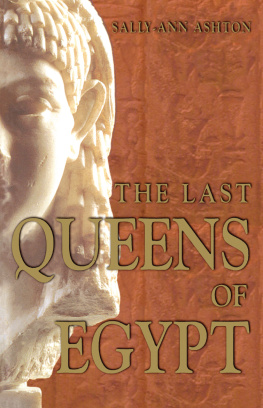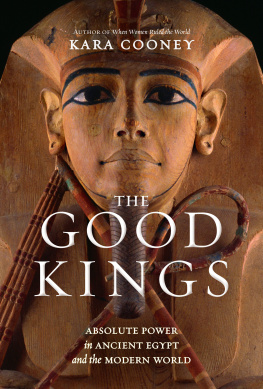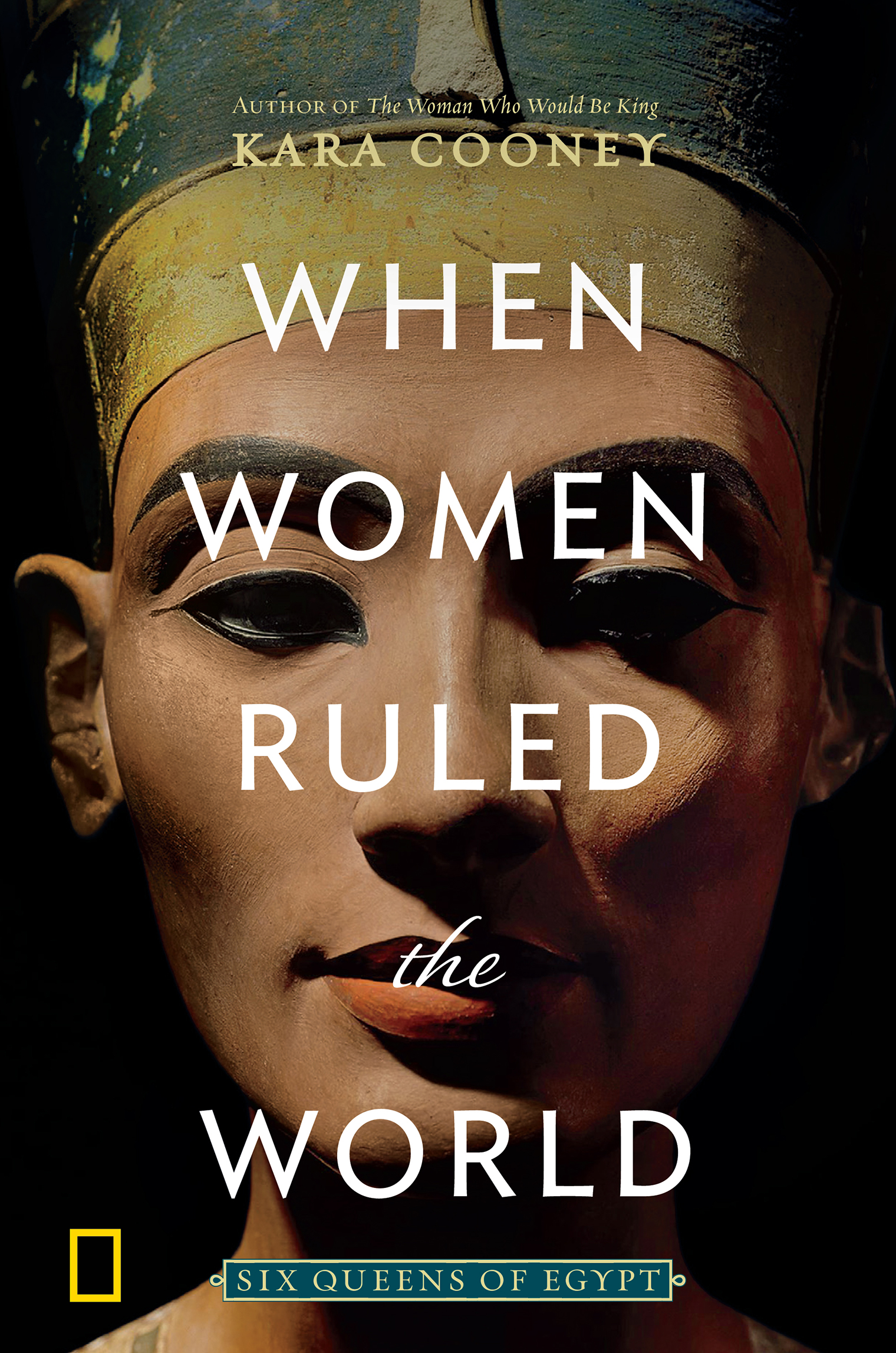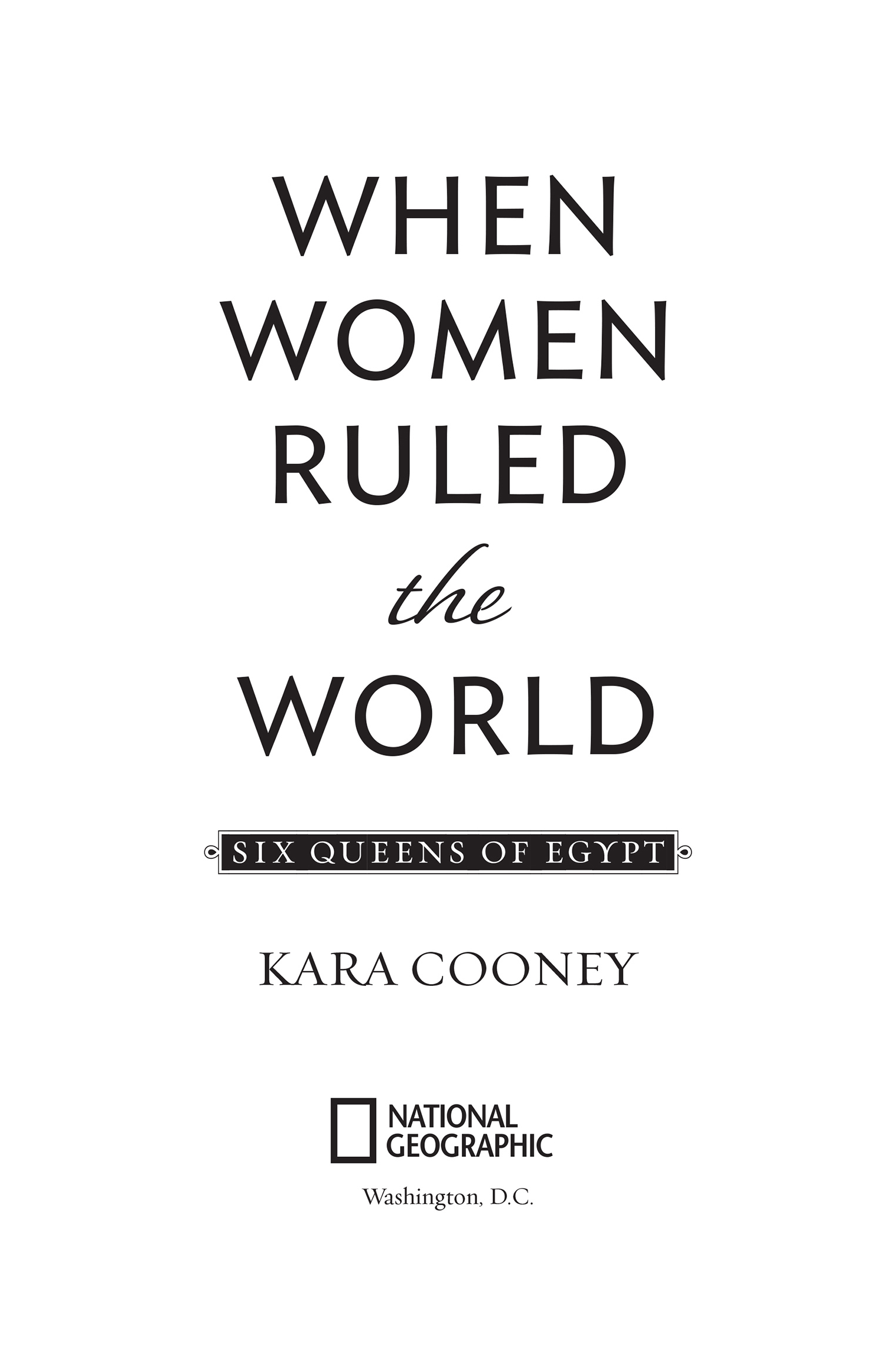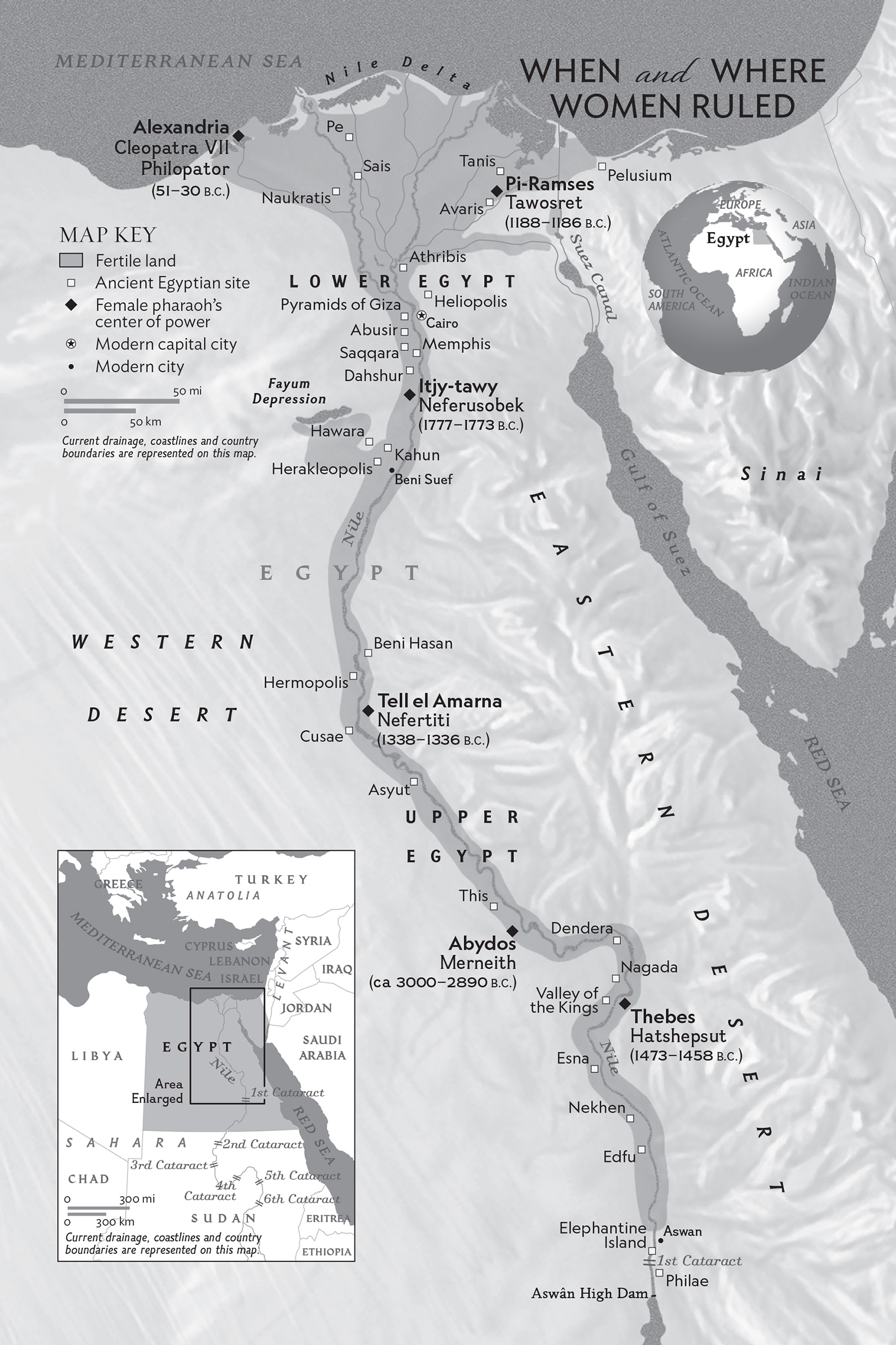National Geographic Society (É.-U.) - When women ruled the world: six queens of Egypt
Here you can read online National Geographic Society (É.-U.) - When women ruled the world: six queens of Egypt full text of the book (entire story) in english for free. Download pdf and epub, get meaning, cover and reviews about this ebook. City: Égypte, year: 2018, publisher: National Geographic Society, genre: Non-fiction. Description of the work, (preface) as well as reviews are available. Best literature library LitArk.com created for fans of good reading and offers a wide selection of genres:
Romance novel
Science fiction
Adventure
Detective
Science
History
Home and family
Prose
Art
Politics
Computer
Non-fiction
Religion
Business
Children
Humor
Choose a favorite category and find really read worthwhile books. Enjoy immersion in the world of imagination, feel the emotions of the characters or learn something new for yourself, make an fascinating discovery.

- Book:When women ruled the world: six queens of Egypt
- Author:
- Publisher:National Geographic Society
- Genre:
- Year:2018
- City:Égypte
- Rating:5 / 5
- Favourites:Add to favourites
- Your mark:
When women ruled the world: six queens of Egypt: summary, description and annotation
We offer to read an annotation, description, summary or preface (depends on what the author of the book "When women ruled the world: six queens of Egypt" wrote himself). If you haven't found the necessary information about the book — write in the comments, we will try to find it.
Female rulers are a rare phenomenon--but thousands of years ago in ancient Egypt, women reigned supreme. Regularly, repeatedly, and with impunity, queens like Hatshepsut, Nefertiti, and Cleopatra controlled the totalitarian state as power-brokers and rulers. But throughout human history, women in positions of power were more often used as political pawns in a male-dominated society. What was so special about ancient Egypt that provided women this kind of access to the highest political office? What was it about these women that allowed them to transcend patriarchal obstacles? What did Egypt gain from its liberal reliance on female leadership, and could todays world learn from its example?
Celebrated Egyptologist Kara Cooney delivers a fascinating tale of female power, exploring the reasons why it has seldom been allowed through the ages, and why we should care.
National Geographic Society (É.-U.): author's other books
Who wrote When women ruled the world: six queens of Egypt? Find out the surname, the name of the author of the book and a list of all author's works by series.

